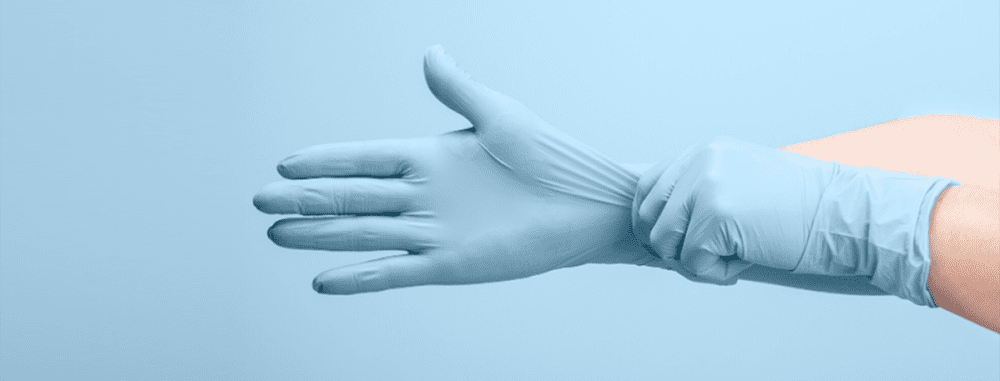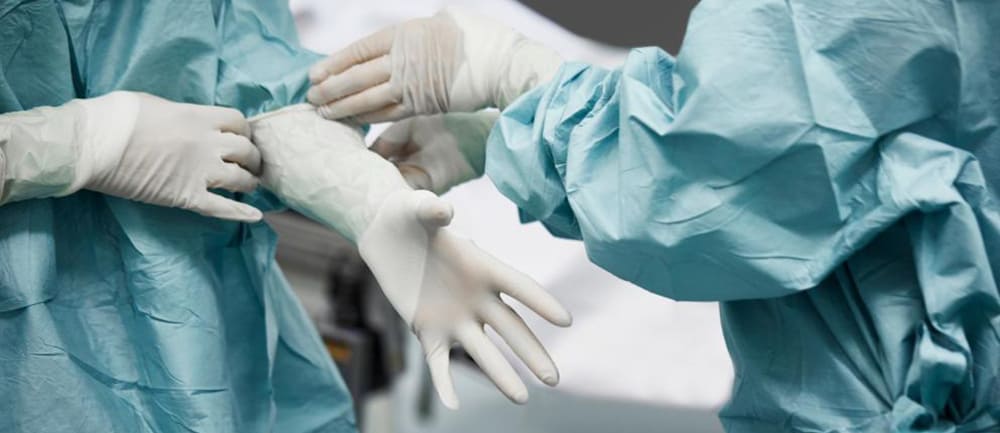The Most Common Types of Medical Gloves

Medical gloves are an essential component of medical personnel's personal protective equipment (PPE). They are used to protect healthcare workers and patients from the spread of infections and diseases. Medical gloves come in a variety of materials, sizes, and styles. In this article, we will discuss the most common medical gloves used in healthcare facilities.
1、Latex gloves:
Latex gloves are the most common type of medical gloves. They are made from natural rubber and are known for their flexibility, comfort, and durability. Latex gloves provide excellent protection against pathogens and chemicals. However, some people are allergic to latex, which can cause skin irritation or even anaphylaxis.
2、Nitrile gloves:
Nitrile gloves are made from synthetic rubber and are an excellent alternative to latex gloves for people who are allergic to latex. Nitrile gloves are resistant to chemicals and punctures, making them a popular choice for healthcare workers who handle hazardous materials. They are also known for their high tactile sensitivity and comfort.

3、Vinyl gloves:
Vinyl gloves are made from PVC plastic and are the least expensive type of medical gloves. They are comfortable to wear and provide basic protection against pathogens and chemicals. However, vinyl gloves are not as durable as latex or nitrile gloves and are not recommended for use in high-risk situations.
4、Polyethylene gloves:
Polyethylene gloves are made from a thin, clear plastic and are used for short-term tasks that require minimal protection, such as food handling or cleaning. They are not recommended for use in medical settings, as they do not provide adequate protection against pathogens and chemicals.
In conclusion, medical gloves are a vital part of PPE for healthcare workers. The most common types of medical gloves are latex, nitrile, vinyl, and polyethylene. When selecting gloves, it is essential to consider the level of protection required and any potential allergies or sensitivities to the materials. Proper glove use and disposal are critical in preventing the spread of infections and diseases in healthcare settings.










